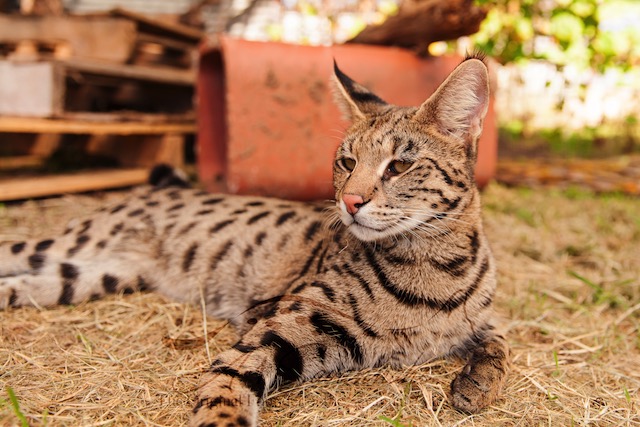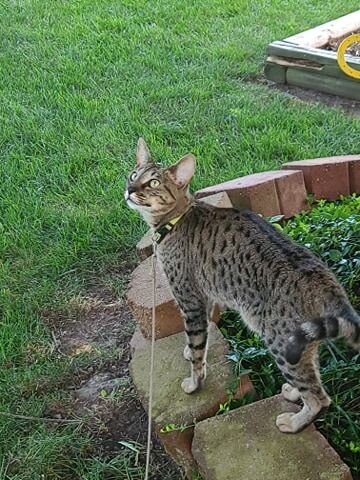Cats are renowned for their enigmatic and sometimes elusive nature. While they might not be as vocal as dogs, feline communication is a complex and intricate system that primarily relies on body language. Understanding your cat's non-verbal cues is essential for building a strong bond and ensuring their well-being.
Tail Talk
A cat’s tail is a powerful tool for expressing emotions. A cat holding its tail upright with a slight curve at the end signifies contentment and friendliness. On the other hand, if the tail is puffed up, your cat is likely scared or agitated. A rapidly flicking tail could indicate irritation or annoyance, so be cautious when approaching your feline friend in this state.
Ears and Eyes
The position of a cat’s ears and eyes also conveys a lot about their feelings. If your cat’s ears are forward and their eyes are relaxed and half-closed, they are likely feeling content. However, if the ears are flattened backward, it can signify fear, aggression, or pain. Dilated pupils often indicate excitement, anxiety, or stress, whereas constricted pupils indicate arousal or aggression.
Vocalization
While cats are not as vocal as dogs, they use their voices to communicate. Meowing is generally reserved for human interactions, and its tone and frequency can indicate various emotions. A soft, purring meow is usually a sign of contentment, while a loud, persistent meow may indicate hunger or discomfort. Hissing and growling are clear signs of aggression or fear.
Body Posture
A cat’s overall body posture is a key indicator of their mood. A relaxed, open stance with a slightly arched back and a raised tail is a sign of a happy and confident cat. On the other hand, a crouched, low posture indicates fear or submission. A puffed-up body and tail, often accompanied by hissing, display extreme aggression or agitation. Understanding these postures can help you determine how to interact with your cat appropriately.
Grooming
Cats are meticulous groomers, but excessive grooming can signify stress or discomfort. If your cat is grooming excessively or focusing on a particular area, it may be worth investigating potential health issues or environmental stressors.
Whiskers
Whiskers are incredibly sensitive and can provide insight into a ca’s mood. When a cat’s whiskers are relaxed and pointed forward, it suggests contentment. However, if the whiskers are pulled back against the face, it could indicate fear or agitation.
Vet Visits
Understanding your cat’s body language is especially important when visiting a veterinarian like Saltwater Vets. Most cats are not fond of going to the vet, and their stress and anxiety can be challenging to handle. Here are some tips to make the experience smoother for both you and your furry friend:
Prepare a comfortable carrier: Use a carrier your cat is familiar with and line it with their favorite blanket or toy to make it less intimidating.
Minimize stress: Try to keep your cat calm before the visit by using positive reinforcement, treats, or play to distract them from the impending trip.
Be calm and reassuring: Cats can pick up on your emotions, so stay calm and provide soothing words and gentle strokes to reassure them.
Respect their cues: Pay attention to your cat’s body language during the visit. If they show signs of distress, inform the vet so they can adjust their approach.
Understanding your cat’s body language is essential for building a strong and harmonious relationship with your furry friend. It allows you to provide the care and support they need while respecting their boundaries and emotions. Whether it’s a routine day at home or a vet visit, attuning to your cat’s non-verbal cues will enhance your bond and ensure their well-being.













